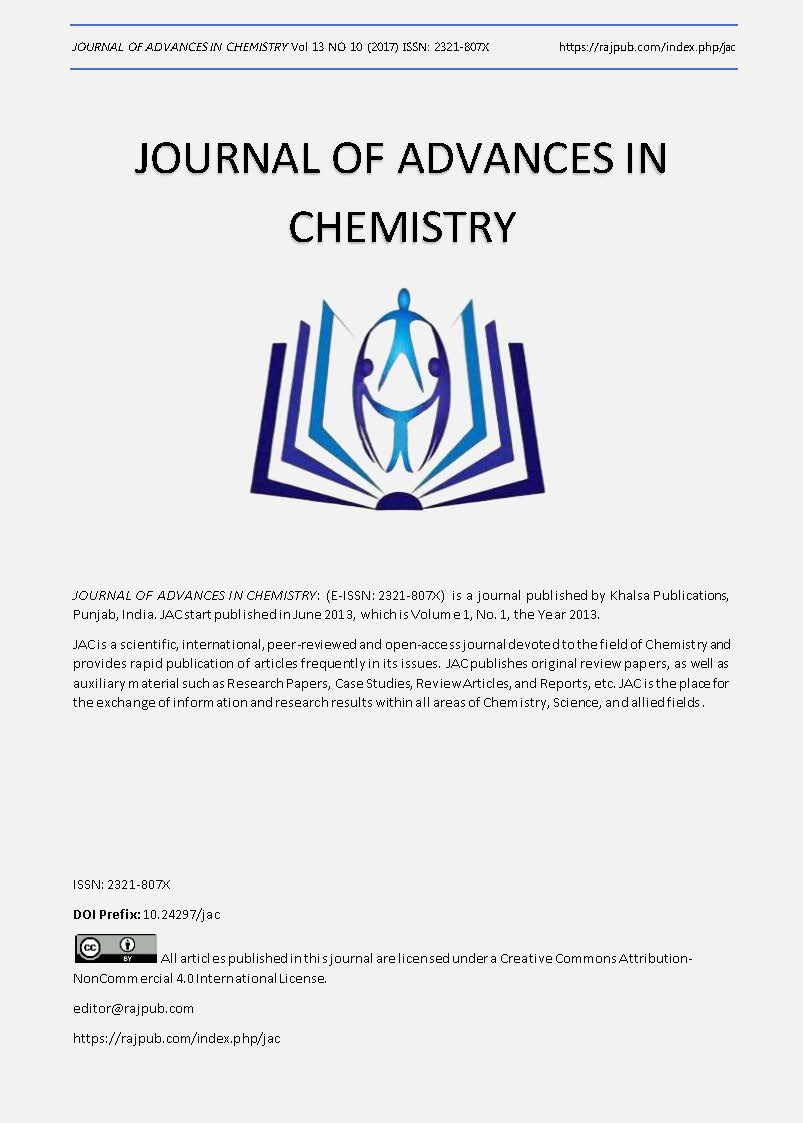OPTIMIZATION OF PROCESS PARAMETERS OF PRESSURE-SWING ADSORPTION CYCLE IN A SILICA GEL DESICCANT DEHUMIDIFICATION SYSTEM
DOI:
https://doi.org/10.24297/jac.v13i10.5848Keywords:
Dehumidification of air, Silica gel, Silica ge, Surface chemistry, Taguchi method., Adsorption rateAbstract
Parametric study on pressure-swing adsorption cycle desiccant dehumidification system is a continuous engineering task with the aim of analyzing its effects and attains target quality of dry air for an industrial process. An experimental setup is developed with a dehumidification tower, regeneration tower,and flow control valve.The effect of process air inlet moisture content, cycle time ratio, and regeneration air flow rate on the adsorption performance is studied to evaluate the potential of the dehumidification system suitable for drying applications. The optimal dehumidification parameters are found, and a regression equation is also developed for the process. It is concluded that, process air inlet moisture is the most influencing parameter compared to regeneration air flow rate and cycle time ratio for the silica gel desiccant dehumidification system.
Downloads
References
2. F.Courtois,2003, Drying of air-Encyclopedia of Agricultural, Food, and Biological Engineering,227-230.
3. J.M. Cejudo, R. Moreno, A. Carrill,2002, Physical and neural network models of a silica-gel desiccant wheel, Energy Buildings,837-844.
4. E.B. Zeidan, A.A. Ayman, A.M. Hamed,1010,Investigation on the effect of operating parameters on the performance of solar desiccant cooling system using artiï¬cial neural networks, Int. J. Therm. Environ. Eng.
5. P. Gandhidasan, M.A. Mohandes,2011,Artiï¬cial neural network analysis of liquid desiccant dehumidiï¬cation system, Energy,36,1180–1186.
6. A.T. Mohammad, S.B. Mat, M.Y. Sulaiman, K. Sopian, A.A. Abduljalil,2013,Implementation and validation of an artiï¬cial neural network for predicting the performance of a liquid desiccant dehumidiï¬er, Energy Conversion Management,67,240–250.
7. Seenivasan.D, Selladurai.V & Senthil.P,2014,Optimization of liquid Desiccant Dehumidifier performance using Taguchi Method, Advances in Mechanical Engineering,6,1-6.
8. Taguchi G,1990,Introduction to quality engineering, Asian Productivity Organization,Tokyo.
9. Taguchi G, Hocheng, Taguchi methods orthogonal arrays and linear graphs, tools for quality engineering, Dearborn, MI: American Supplier Institute, (1987) 35-38.
10. Lewis G.Harriman III, Editor,2002,The Dehumidification Handbook, Second edition, Munters Corporation Dehumidification Division.
11. Barry Crittenden,W John Thomas,1998,Adsorption Technology and Design,Butterworth-Heinemann.
12. K.A.Ramzy, Ravikiran Kadoli, T.P.Ashok Babu,2014,Significance of axial heat conduction in non isothermal adsorption process in a desiccant packed bed, International Journal of Thermal Sciences,76,68-81.
13. Ahmad M.Hamed,2002,Theoretical and experimental study on the transient adsorption characteristics of a vertical packed porous bed, Renewable Energy,27,525-541.
14. Avadesh Yadav, V.K.Bajpai,2013,The performance of solar powered desiccant dehumidifier in India: an experimental investigation, International Journal of Sustainable Engineering, Volume 6, No.3,239-257.
15. L.Warren,McCabe,C.Julian,Smith,Peter Harriott,1993,Unit operations of Chemical Engineering, Fifth edition, McGraw-Hill International Editions, Chemical and Petroleum Engineering Series.
16. J.P.Holman,2012,Experimental Method for Engineers, Eighth Edition, McGraw-Hill series in Mechanical Engineering.
Additional Files
Published
How to Cite
Issue
Section
License
 All articles published in Journal of Advances in Linguistics are licensed under a Creative Commons Attribution 4.0 International License.
All articles published in Journal of Advances in Linguistics are licensed under a Creative Commons Attribution 4.0 International License.




